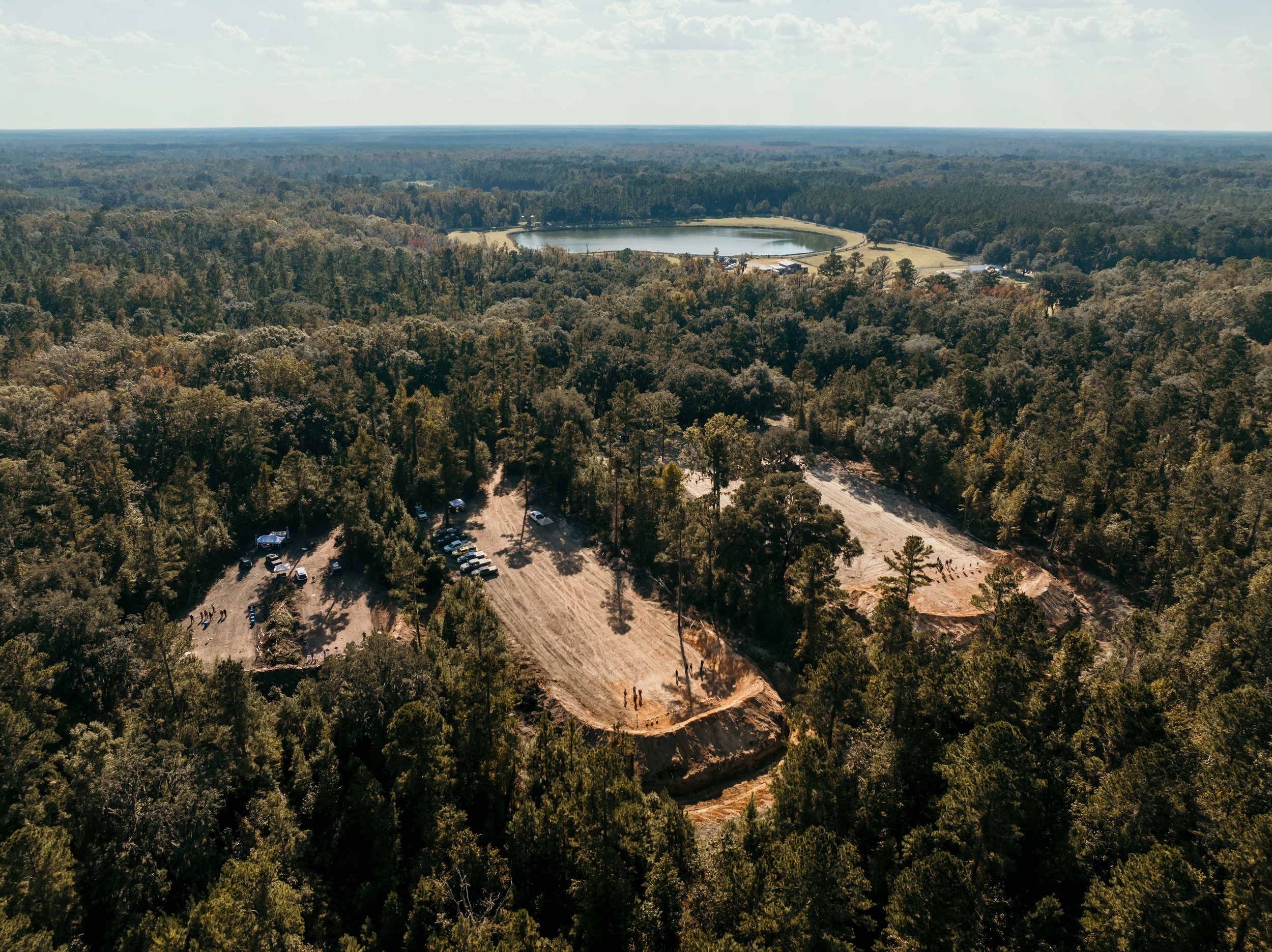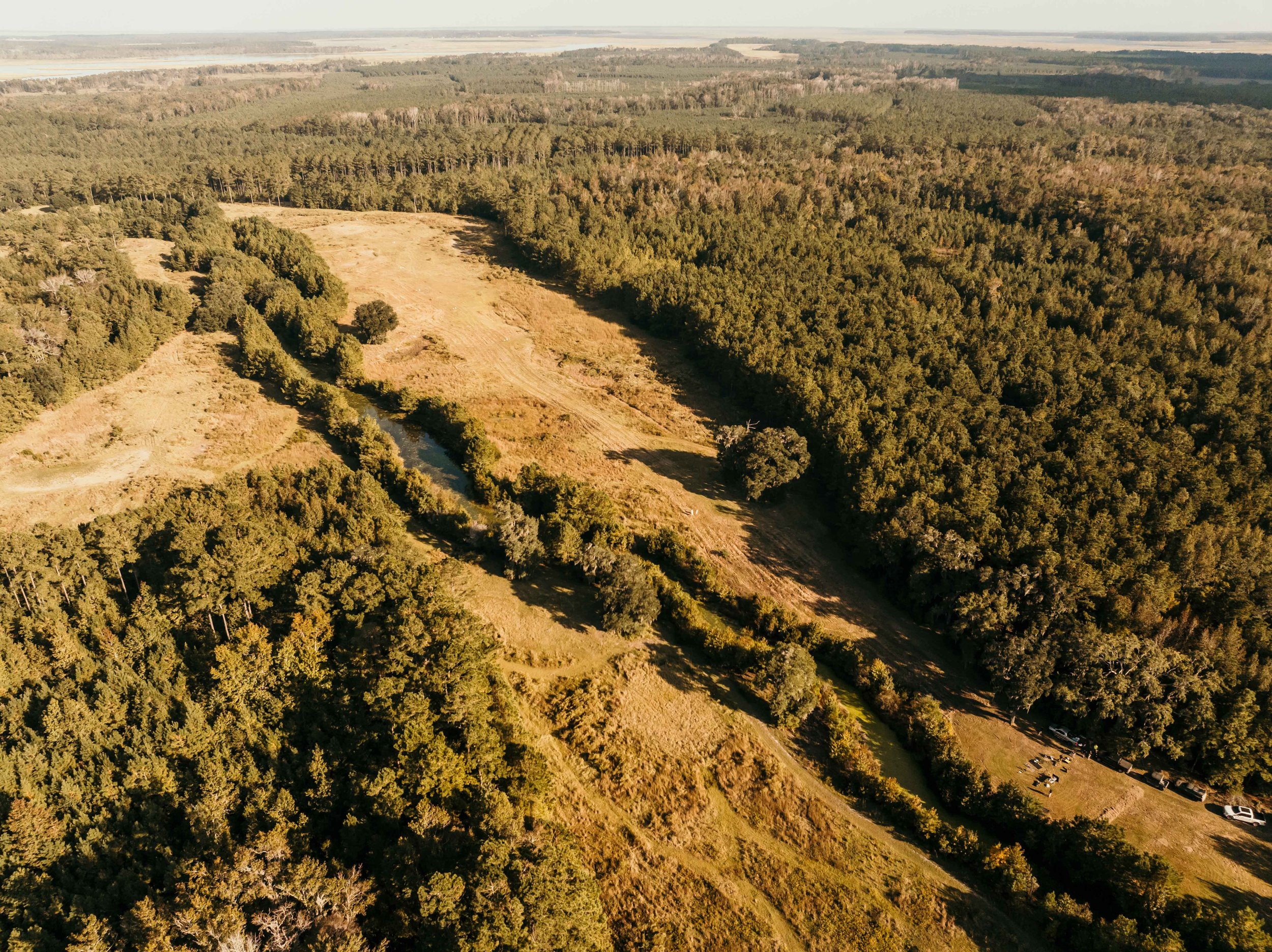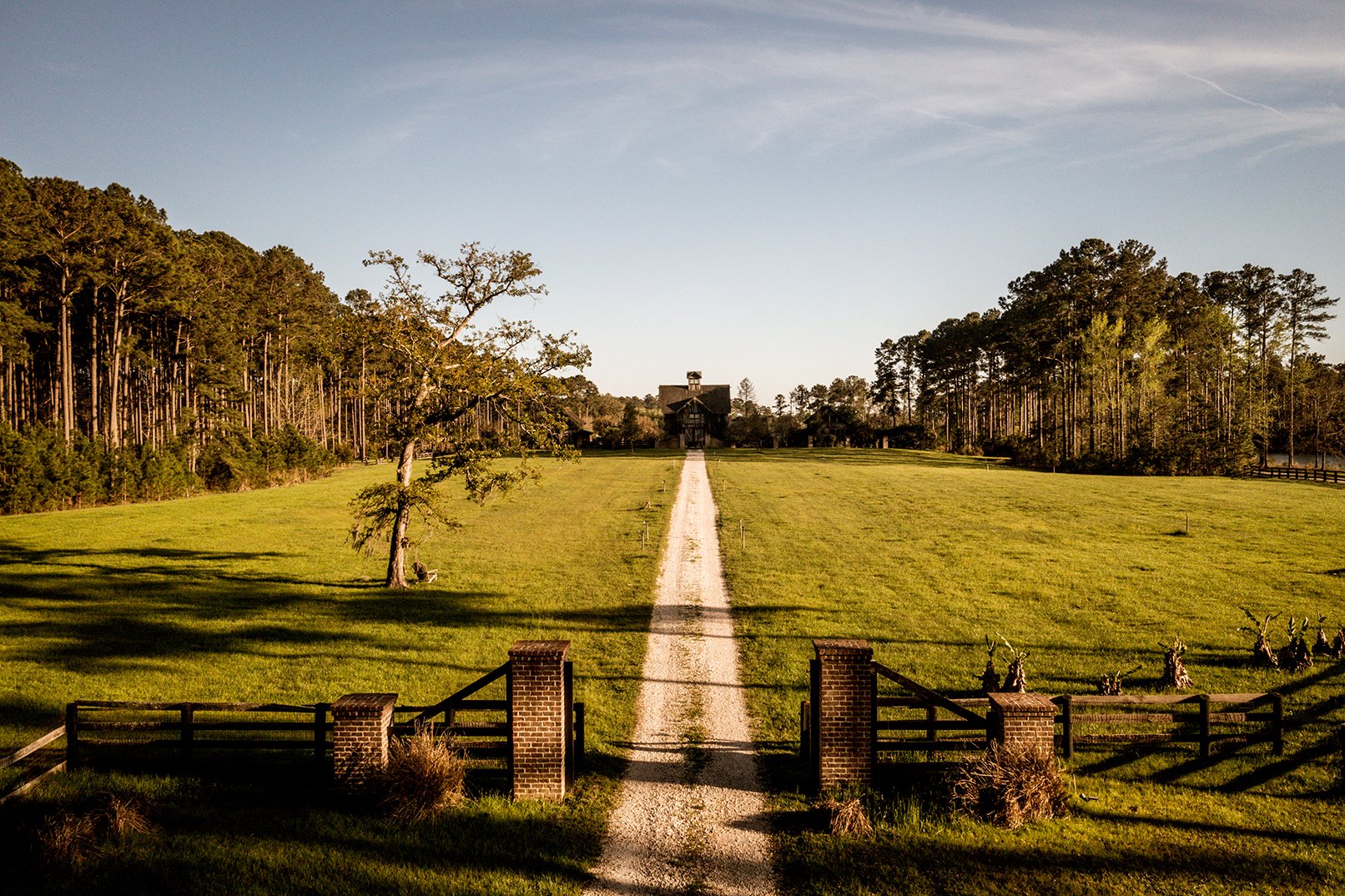
SAVANNAH
NOVEMBER 7-9, 2025
This fall, join us just south of Savannah, Georgia, for an exclusive experience like no other. Set on the breathtaking 4,000-acre Hampton Island Preserve, the Night Ops Summit transforms this private coastal retreat into a cutting-edge training ground for those who demand the best.
Once a golf course—now a long-range precision rifle playground—this sprawling property features newly constructed rifle and pistol bays, diverse terrain, and unparalleled low-light training environments. From dense tree lines to open marshlands, every corner offers a fresh challenge and a new perspective.
Train hard, unwind in style, and immerse yourself in the low-country atmosphere. This is more than a summit—it’s a proving ground.
-
Pre-req is prior carbine training and a pistol class is recommended.
NightFighter lite is a condensed/abbreviated 1Night Format basic NV course for folks with little or no Prior NV training. It is lecture intensive with some range time. Topics covered are NV and Thermal technology and its accompanying accessories and enhancers. Think of the how, what and the why when it comes to Image intensification. The range sessions help you better familiarize yourself with your equipment and best practices when it comes to its utilization. Both rifles and handguns will be employed. If you’ve been to the 2 night standard Format NightFighter this might not be the class for you.
Round count - 150 pistol and 400 rifle -
The objective of this course is to provide armed professionals an opportunity to pressure test their fundamental tactical and tactical medical skills while under NODs in a low light no light training environment. Attendees will learn through lectures, instructor-led demonstrations, hands-on skills practice, and live fire performance drills as individuals and as a small team. It is recommended that attendees conduct this training in full tactical kit if able. This is a physical course with positional changes, movement, buddy drags and carries. One need not be an Olympian, but flexibility and core strength are attributes that will help you and your team persevere in the challenges ahead.
It is recommended that students have had some type of prior medical training (Stop the bleed/CLS/TCCC/tactical medical course) but not a requirement. Get some medical training!!!! As always safe weapons handling is a requirement and major safety violations will not be tolerated.
Student Packing List: *indicates mandatory item
To put this into context for attendees, you are part of a 4-6 person team about to enter hostile territory (at night) to retrieve a downed friendly teammate. Therefore, wear or bring whatever you see fit to successfully accomplish this task.1. *Sturdy close toed footwear; absolutely no sandals or flip-flops allowed.
2. *Wrap Around Eye Pro and Ear protection (helmet mounted is ideal)
3. *Load Carrying Equipment, Chest Rig, or Plate Carrier, Battle belt.
4. Battle rifle with 2 point adjustable sling
5. *Ammo, 450 centerfire rifle, 150 pistol (no green tip/penetrator allowed)
6. *Support gear for battle rifle; 5x rifle magazines (label and mark them), 3x pistol magazines (label and mark them), cleaning kit/lube, spare batteries for optics/laser, etc.
7. *Night Observation Device and support gear (IR laser, batteries, mounts, helmets, etc.)
8. *1x Canteen; full of potable water or other water source (camel back/Qore Performance ice plate)
9. *Wet/Cold weather gear
10. *Tactical gloves to protect against sharp/cold/hot/chemical injuries
11. *Knee pads can be clip on or inserted into pants.
12. *Head lamp (White/red)
13. *Real-World IFAK or Med Kit to be worn on your body throughout the class. Recommend the following:
- Tourniquet; CoTCCC recommended x 1each
- Pressure Bandage; 4” wide or 6” wide x 1 each
- Wound Packing Material and/or a CoTCCC recommended hemostatic agent
4yds, x2 packages
- Chest Seal (vented); x 2each
- Exam Gloves, Nitrile; x 2pair- Tourniquet; CoTCCC recommended x 1each
- Pressure Bandage; 4” wide or 6” wide x 1 each
- Wound Packing Material and/or a CoTCCC recommended hemostatic agent
4yds, x2 packages
- Chest Seal (vented); x 2each
- Exam Gloves, Nitrile; x 2pair14. Training Med Kit/IFAK (instructor provided)
All medical training contents will be provided by LSM for training during class.
Attendees may try out different loaner gear during class.
All attendees will be issued loaner designated training gear and must be turned back in to LSM/Greenline cadre before leaving the training range.15. If you wish to have your IFAK or other Med Kits evaluated by LSM cadre during breaks or anytime during the Summit; please bring them.
-
In this course the student will be taught how to assess entryways to determine the tools necessary to make Forceable Entry to a structure. Students will use a variety of tools to defeat commonly encountered locks and doorways. We will cover the use of purpose built tools and improvised tools for breaching.
Students will employ Manual, Thermal, and Ballistic Breaching methods to breach training doors on site.
Instructors require that a student's participation in the employment of the techniques taught is lawful. Further, any instructor or other persons or entities associated with such instruction bears any liability in the use of these techniques, especially where misused, including but not limited to unlawful use. Students recognize that the use of these techniques without proper authority and authorization or sufficient justification likely constitutes a crime or creates grounds for significant civil liability with risk of subsequent criminal prosecution and/or civil action. Students shall knowingly and willingly assume the risks inherent with employment of any techniques taught.
Required equipment:
Signed Disclaimer specific to this class at time of sign in to the event
Breach Pen X2
25 rounds of #9 12 gauge 2 ¾ shells or Approved Breaching rounds
Eye Protection
Leather Gloves
Ear protection
Personal IFAK
Pen /Paper
Camp Chair
Flashlight
Helmet (Mount / NVGS)
Students can bring their “Duty” gear (Pistol belt, carbine, chest rig, etc.) to utilize during the class. No other live ammo will be allowed on the range except on the ballistic breaching lane.
-
Darklab was born on the backs of failure, testing the limits of your capability under low light conditions. This is a class with high standards, and we expect you to be in decent physical condition. DarkLab is not a beginner level class. You need to be proficient with your equipment, transitions, manipulations and most importantly be safe. No exceptions. DarkLab is a skills based program and there will be metrics you will be tested against in the utilization of all your equipment.
Pre-requisites; Prior Carbine and Pistol TrainingTopics Covered;
Safety
Lowlight Malfunction Clearances
Handheld/Weapon Mounted Lights
Night Vision Employment
Low Light Employment
Search and Engagement Techniques
Threat Priorities
Positive Identification
Passive Aiming
Equipment List;
NightFighting Rifle with tall mount, quality sling, light, laser, optic and minimum 300rds of ammo, 5 magazines
NightFighting Pistol with RDS, white light and minimum 150rds of ammo, 3 magazines
Retention level duty grade holster
Headlamp
Spare Batteries
Electronic* Ear protection
Knee pads
Gloves*
Wx Gear
-
This 1 night course will take advantage of the ability to set up and shoot courses of fire on a private golf course.
Thanks to our friends at Knights Armament we will have loaner CNVDs for those of you who don’t have your own.
The addition of Night Vision in the form of a CNVD (Clip-On Night Vision Device) brings
Scoped Carbine to the next level. This course will explore and teach the nuances of
getting the most out of the specialized CNVD and it’s peripheral equipment.
A magnified optic or scope on an AR increases the range that you can engage. Scoped
Carbine bridges the gap between long range or precision rifle shooting and combat
carbine. If you can see it you should be able to hit it, and you can with the right tools
and understanding.
Prerequisites – This should not be your first Scoped Carbine or DMR style course
Topics Covered Include -
· Safety Brief
· Equipment selection
· Length of pull and eye relief
· Zero procedures and theory
· Data collection
· Ballistics
· Shooting positions
· Intermediate and long range marksmanship
· Marksmanship fundamentals
· Multiple threats
· Rapid engagement
· Range estimation
· Use of optics and iron sights
· Use of cover
Equipment list -
· Positive attitude
· Quality, serviceable AR15 rifle 5.56 or larger with magnified optic, sling, bipod
and at least 300 rounds of quality match grade ammunition 69/75/77 grain. (does
not have to be match ammo but quality ammo that will shoot less than 2” group
at 100 yards from your rifle.)
· CNVD
· IR illuminator and or laser
· At least 3 quality magazines for your rifle (20 round recommended)
· Spotting scope (optional)
· Shooting matt
· Rear support bag
· Kestrel or ballistic calculator (optional)
· Knee/elbow pads (optional)
· Eye protection, wrap around
· Ear protection, muff style are recommended
· Duty/call out gear
· Hat with brim or bill
· Water & Lunch
· Sunblock/insect repellent as needed
· Rain gear as needed
· Notebook/pen
· Cleaning kit with lube
-
This course was developed for the shooter who desires to attain a higher level of mastery over his handgun. This course focuses on the fundamentals of utilizing a NV compatible optic equipped handgun under Night Vision and white light. You will engage targets from zero to 50 meters and beyond (range depending), use cover and movement, and perform under stress. This is not a shoot-til-you-puke course, you will be required to think and concentrate while negotiating courses of fire.
Equipment
Pistol with Red Dot Optic and Weapon Light and at least 3 magazines.
600 rounds of ammo
Hand held tactical light
Sturdy belt
Holster
Night Vision Goggles
Helmet
Eye protection
Hearing protection
BUY YOUR TICKET
BUY YOUR TICKET








